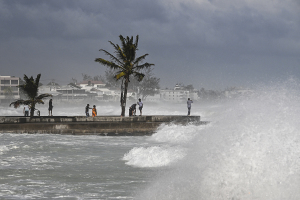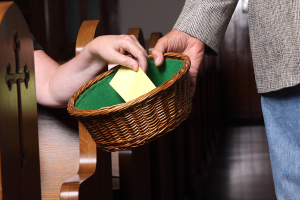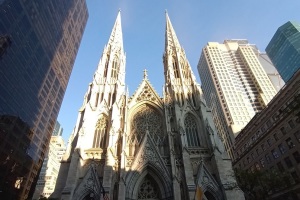Postcard from Toronto
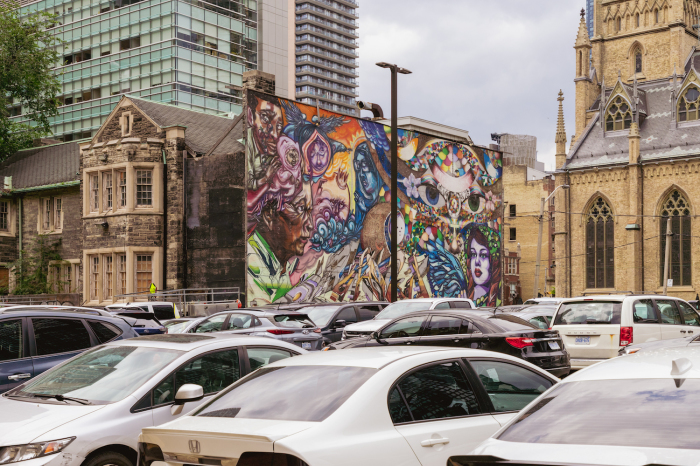
In the midst of a cityscape dominated by a seemingly endless number of new towers are visible remnants of Toronto’s past.
Some stand in plain sight; others take a little bit of an effort to discover.
The Ontario Legislative Building, which serves as the equivalent of a U.S. state capitol, is probably the most prominent landmark.
Anchoring Queen’s Park, which takes its name from Queen Victoria, it was built in the early 1890s. Today, it’s the only example of a Richardsonian Romanesque state or provincial capitol anywhere in North America. Visitors can tour the building’s inside, which includes the chamber used by the unicameral provincial parliament and official offices belonging to the queen’s viceroy, the lieutenant governor.
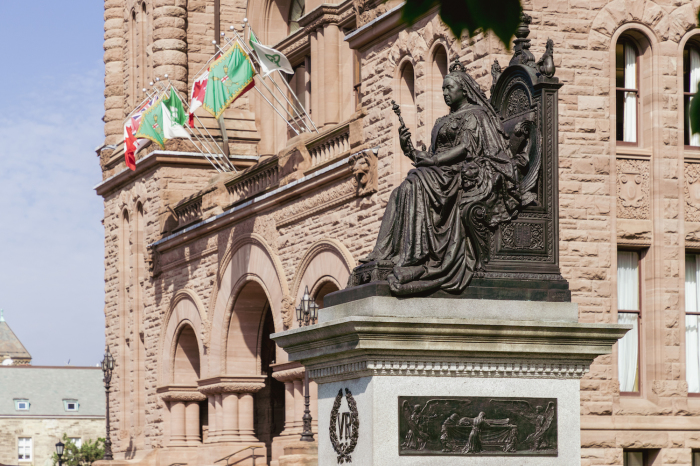
The history lesson continues at Fort York National Historic Site, which abuts an elevated highway and is probably Toronto’s best-kept secret.
Dating to the late 18th century after Americans loyal to the British crown fled to Canada following the American Revolution, the former military fortification saw action during the War of 1812 when Americans captured the fort and sacked the city. As retaliation for the 1813 attack, the British infamously burned the White House a year later.
Another Richardsonian Romanesque building is the Old City Hall. The building (today a courthouse) faces Nathan Phillips Square.
The popular gathering spot and event venue consists of an all-concrete plaza — brutalist planning and design at its best or worst, depending on your perspective — and is flanked by hideous buildings, including a massive 43-story, 1,372-room Sheraton hotel and futuristic 1960s New City Hall that reminded me of “Star Trek.” The best views come from a somewhat overgrown and unmaintained-looking rooftop greenspace overlooking the square. This vantage point offers a glimpse at the transformation or decline — again, depending on your perspective — of architecture over a period of just 60 or 70 years.
Not far from the St. Lawrence Market, a fine example of the public markets that many cities erected in the 19th century, on the aptly named Church Street are two dueling cathedrals: One Protestant and one Roman Catholic.
While not architecturally significant, at least when compared to cathedrals elsewhere, the Cathedral Church of St. James owes its existence to the Right Rev. John Strachan, the first Anglican bishop of Toronto, and the other Anglican churchmen who wielded tremendous temporal power during the early chapters of Ontario history.
Like its Anglican counterpart, St. Michael's Cathedral Basilica is also a brick Gothic revival structure. Built by Irish immigrants and today the seat of the Roman Catholic archbishop of Toronto, it was raised to the dignity of a minor basilica in 2016.
If you go
With no vaccine passports or mask requirements, Toronto is fully open to American visitors.
Consider booking the 90-minute walking tour of St. Lawrence Market and other historic places from Bruce Bell Tours. Tickets cost 30 Canadian dollars (about $23).
Book a room at the Yorkville Royal Sonesta Hotel, which is located directly across from the Royal Ontario Museum.
Travel in and out of Toronto’s airport has been a nightmare all summer. Visitors not within driving distance should consider flying to the closest U.S. airport in Buffalo, New York. With a rental car, the 80-mile drive takes about 90 minutes with no traffic.
Dennis Lennox writes a travel column for The Christian Post.
Dennis Lennox writes about travel, politics and religious affairs. He has been published in the Financial Times, Independent, The Detroit News, Toronto Sun and other publications. Follow @dennislennox on Twitter.
















